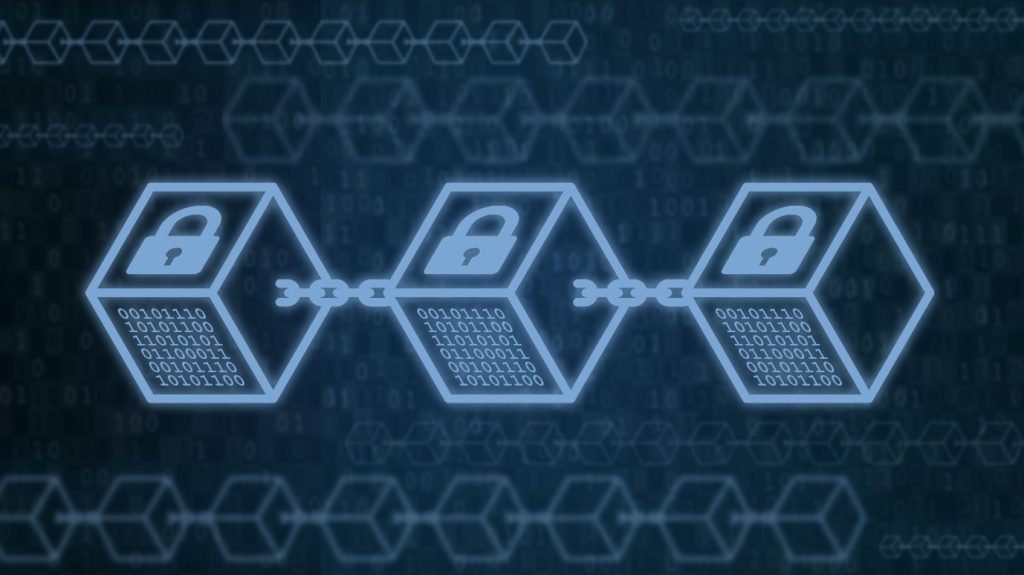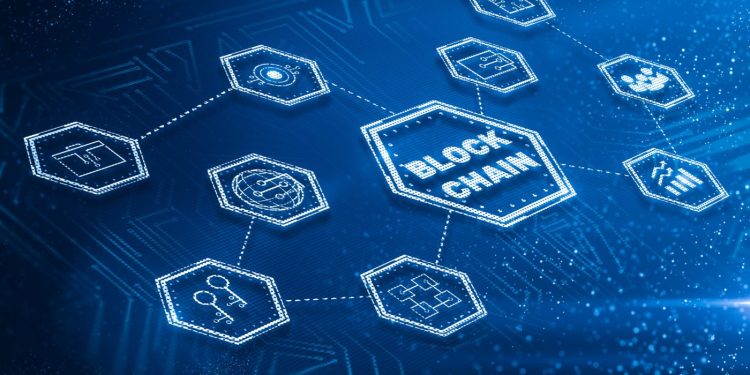Introduction
The term “blockchain” is a combination of two words: “block” and “chain.” Understanding what each of these components represents, and how they function together, is key to grasping how blockchain technology works. Although the concept may sound complex, it becomes much more approachable when broken down into its fundamental parts.
This article will explore in detail what blocks and chains are in the context of blockchain technology, how they are structured, how they are linked, and why this design is so critical to the security, transparency, and decentralization of blockchain networks.
Part 1: What is a Block?
1. Definition
A block is a container that holds a set of data, typically transaction records, within a blockchain network. Think of it as a page in a digital ledger, where each page contains several entries or transactions.
2. Structure of a Block
Although the structure may vary depending on the specific blockchain protocol (e.g., Bitcoin vs. Ethereum), most blocks include the following key components:
a. Block Header
The block header contains metadata about the block and includes:
- Timestamp: The date and time the block was created.
- Previous Block Hash: A cryptographic hash of the block that came before it.
- Merkle Root: A hash representing all transactions in the block.
- Nonce: A random number used in proof-of-work mining.
- Difficulty Target: The difficulty level for mining the block.
b. Block Body
The body contains the list of transactions:
- Each transaction includes sender, receiver, amount, and digital signatures.
- In some blockchains, it can also include smart contract execution data.
3. Size of a Block
The size of a block can vary:
- Bitcoin has a 1 MB block size limit.
- Ethereum uses a gas limit instead of a fixed block size.
- Newer blockchains may implement flexible or scalable block size mechanisms.
Part 2: What is a Chain?
1. Definition
The chain in “blockchain” refers to the linked list of blocks, where each new block is cryptographically connected to the one before it. These links form a continuous, unbroken sequence—hence the name blockchain.
2. How the Chain Works
Each block contains the hash of the previous block’s header. This forms a secure and verifiable link between blocks, like a chain of anchors. Changing data in any block would break the hash of that block, and therefore invalidate all subsequent blocks in the chain.
This design makes the blockchain tamper-resistant.
Part 3: How Blocks and Chains Are Connected
1. Hashing: The Glue of Blockchain
Hashing is a mathematical function that converts input data into a fixed-length string of characters. In blockchain:
- Each block generates a cryptographic hash based on its contents.
- That hash is stored in the next block’s header as the “previous hash.”
- This creates a chronological and cryptographic link between every block.
Example:
Block A has hash abc123.
Block B includes abc123 as its “previous block hash.”
If anyone tries to change Block A, its hash will change, making Block B’s link invalid, which alerts the system.
2. Proof-of-Work or Proof-of-Stake Validation
To add a new block to the chain:
- In Proof of Work (PoW) systems, miners must solve a complex mathematical puzzle using computing power. This ensures only valid blocks are added.
- In Proof of Stake (PoS) systems, validators are selected based on their stake in the network.
Only once the block is validated and consensus is reached, it is officially added to the chain.
3. Immutable Chain of Trust
Because every block is dependent on the previous one:
- A change to one block affects all subsequent blocks.
- This makes it practically impossible to alter transaction history without controlling the majority of the network (e.g., a 51% attack).
This structure creates immutability, a core property of blockchain that ensures trust and data integrity.
Part 4: Real-World Analogy
To make the concept more accessible, consider this analogy:
Imagine a stack of books where:
- Each book (block) contains a set of records (transactions).
- At the end of each book is a summary (hash) of the contents.
- The next book references the summary from the previous book.
- If someone tries to change a past book, all future summaries become invalid.
This is how blockchain ensures that history is permanent and verifiable.

Part 5: Why This Structure Matters
1. Data Integrity
Because each block is linked to the one before it, altering any block would require re-mining or re-validating all subsequent blocks, which is computationally infeasible on large networks.
2. Transparency and Auditability
Anyone can trace the entire history of the blockchain back to the very first block (called the Genesis Block), making it ideal for auditing and verifying information.
3. Decentralized Trust
Instead of relying on a central authority to validate data, participants in a blockchain network use the block-and-chain structure to agree on a shared version of truth, which is visible to all.
Conclusion
The concepts of blocks and chains are simple yet powerful. A block is a container of transactions, and the chain is a secure sequence of these blocks. They are connected through cryptographic hashes, forming an immutable and decentralized ledger that can be trusted without intermediaries.
This ingenious structure is what gives blockchain its integrity, security, and transparency—qualities that are revolutionizing industries from finance to healthcare to supply chain.
As you explore blockchain further, always remember: it’s not just about cryptocurrency—it’s about the chain of trust that underlies a new kind of digital infrastructure.













































